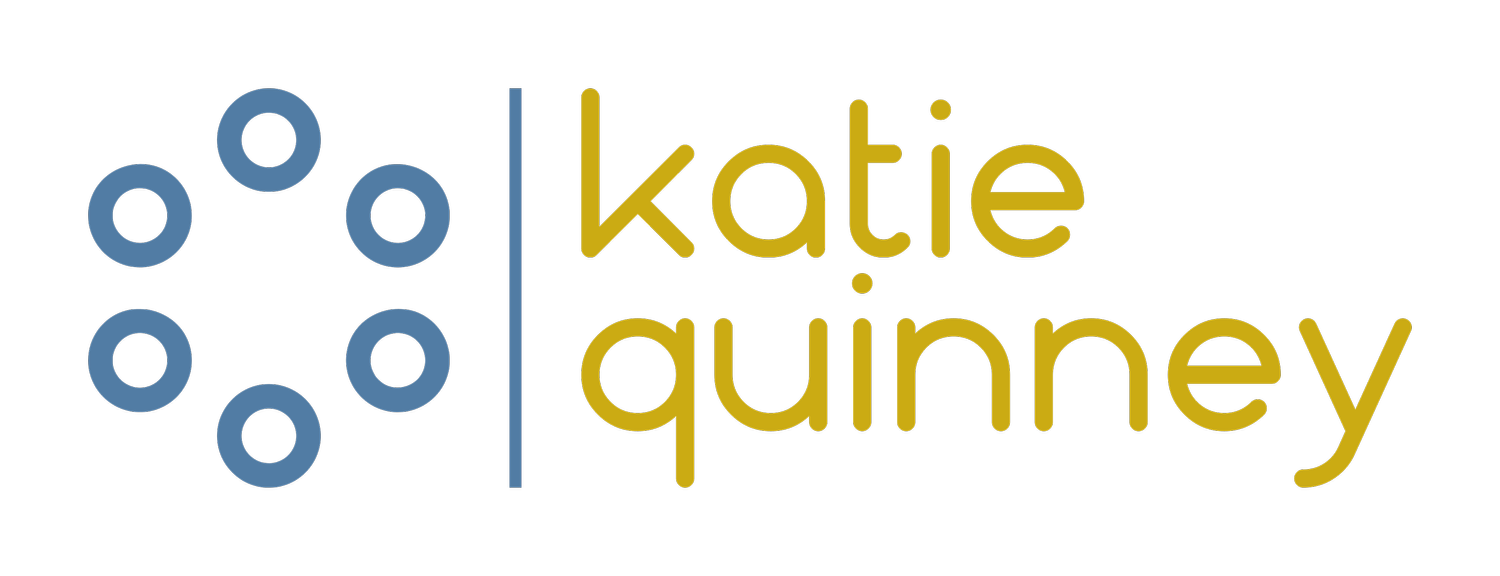A little change
I introduced this man and the shoelace tying instructions in my weekly email recently and it turns out we've all been tying our shoelaces wrong. Did you try to change the way you tie yours?
I thought about it for a bit, had a go and then gave up pretty quickly. So no, I still tie my shoelaces the way I've always done it. Come to think about it, isn't that how any change sort of goes.
Maybe you’ll watch the video, maybe you won’t. Maybe you think about trying a new way of doing something, maybe you’ll brush it off as a meaningless addition to your already busy day. Maybe you’ll have a go and try that different way of tying your shoelace - but won’t stick with it - because really what difference did it make and who noticed the effort you'd been putting in anyway. Maybe you keep at it all week but no-one else will be, and to be different is too much energy so you’ll go back to being part of the crowd.
There is probably as much literature on change as there is on leadership and no-way am I intending to sum up how to lead, embed or deliver change in one blog post. All I can say is that as a leader in healthcare you will have to be engaged with change.
When we think about delivery of clinical care, it's exciting and dynamic that the way heart attack patients are now treated and cared for now as compared to when I started nursing (two weeks in hospital, days on bed rest, strict mobility plan, many deaths and heart failure to look forward to). Other changes we resist for many reasons, is it that they aren't about the patient? Is it that they are imposed on us from above? Your stand and approach to change is crucial and I would suggest that you have more control, influence and ability to make change a positive experience that you realise.
Which is why I like the shoelace tying example as a reference point. Are you trying to change someones behaviour? Are you changing a way a team works? Are you creating a new pathway? Are there habits that are 'the way we've always done that' - that really don't function for todays population of patients and staff?
Understanding approaches to change is relevant for you, your team and those you interact with. While I'm not giving you any answers here, I do (of course) have some places for you to look.
For me, I'd probably start with Nick Petrie and the Change Equation. Research based and practical, particularly if you approach with a real issue or context in mind. Knowing your team is an essential start. If you prefer videos he has a playlist on change.
One of my first blog posts and reflection on a time when I was delivering a lot of change within a team, I used John Kotter's work (classic but maybe now superseded) however still some important elements, and for me, it helped knowing the whole team was speaking the same language. Do you have a course you can all access - or a book you can all read?
Another reflection on change delivery, that when we are lost in the panic of 'no-one is changing the way they tie their shoelaces' crisis...... step back, look how far you've come, celebrate the bright spots, you'll keep moving forward this way far more easily and with more fun, joy and smiles.
I like to keep it simple and thought we need a balance of data and stories to support any change. You may be surprised by how much of a good chart/data geek I can be, but I think my strength lies more with storytelling for change.
A tool I've been recently introduced that supports preparation and delivery of change is the ADKAR model - Awareness, Desire, Knowledge, Ability, Reinforcement.
But what about you? A big part of change is how we feel and are connected to it. So often it involves a little (or a lot) of self reflection and consideration about what you are going to change about the way you show up, the way you feel, the actions you take. Take a look at this playlist from TED to get you started.
For a final laugh / history lesson / cringe of embarrassment / yes I'm that old moment, this song came on the radio as I was driving. And that might be a sign that I need to change the radio station I listen too.

